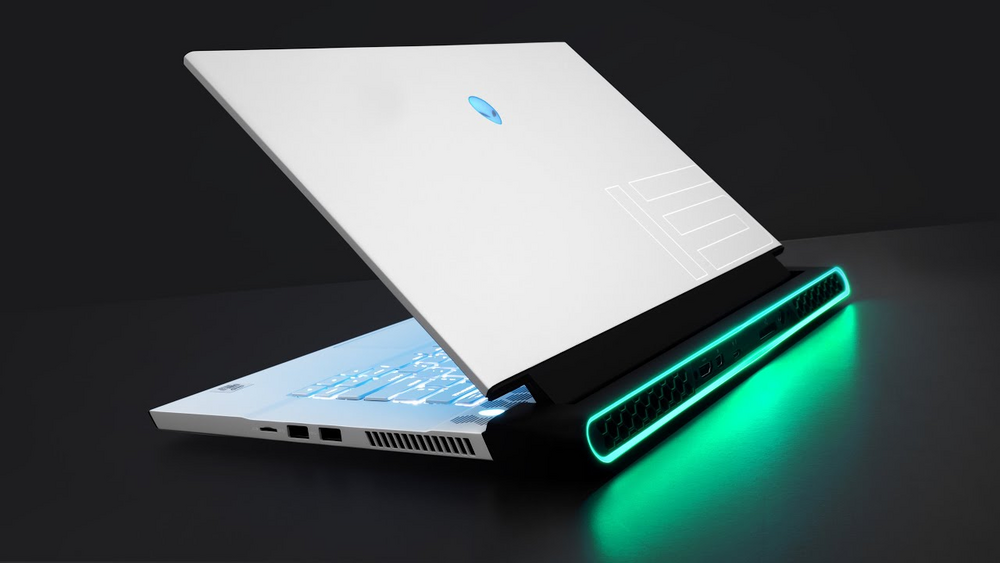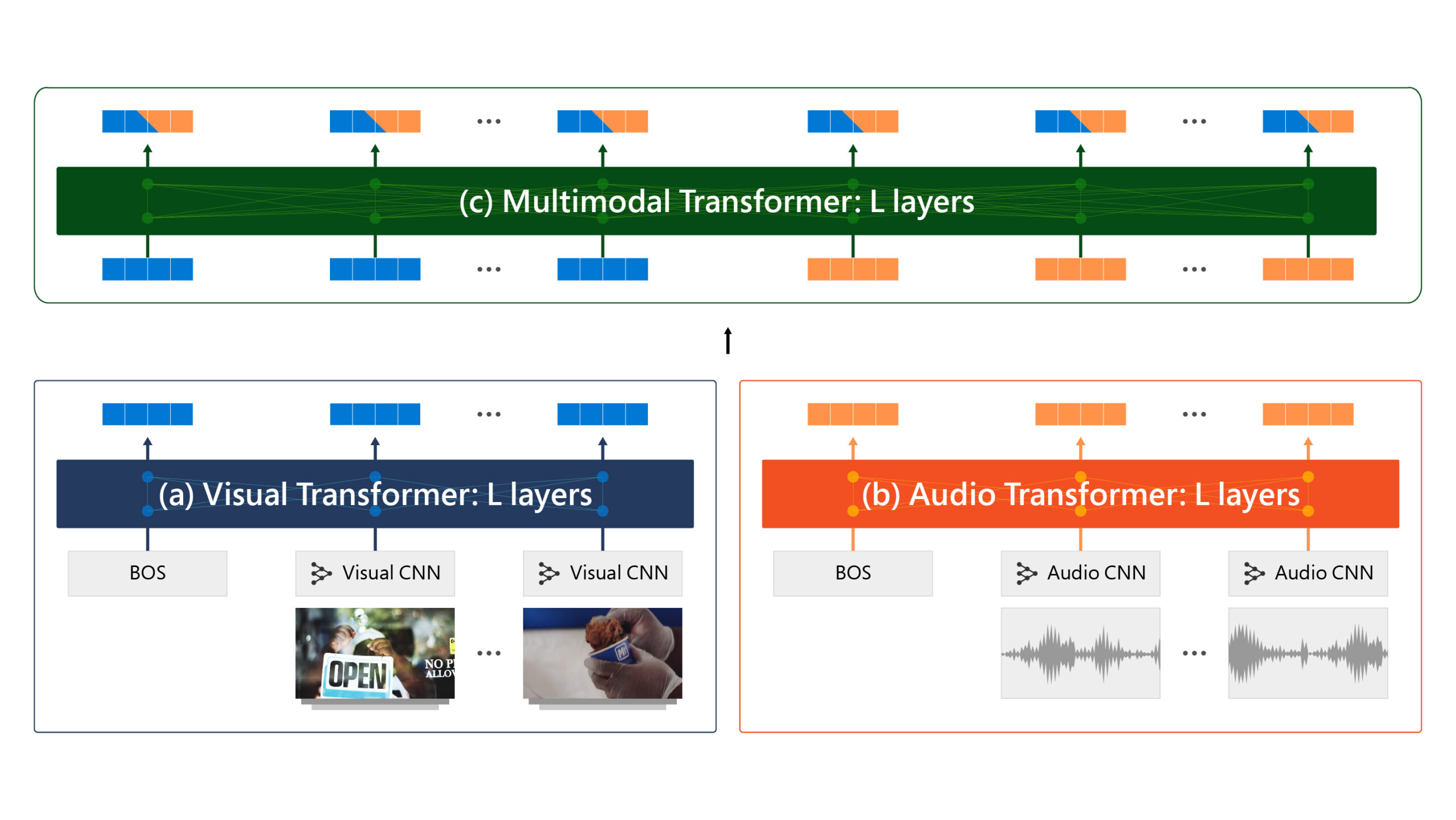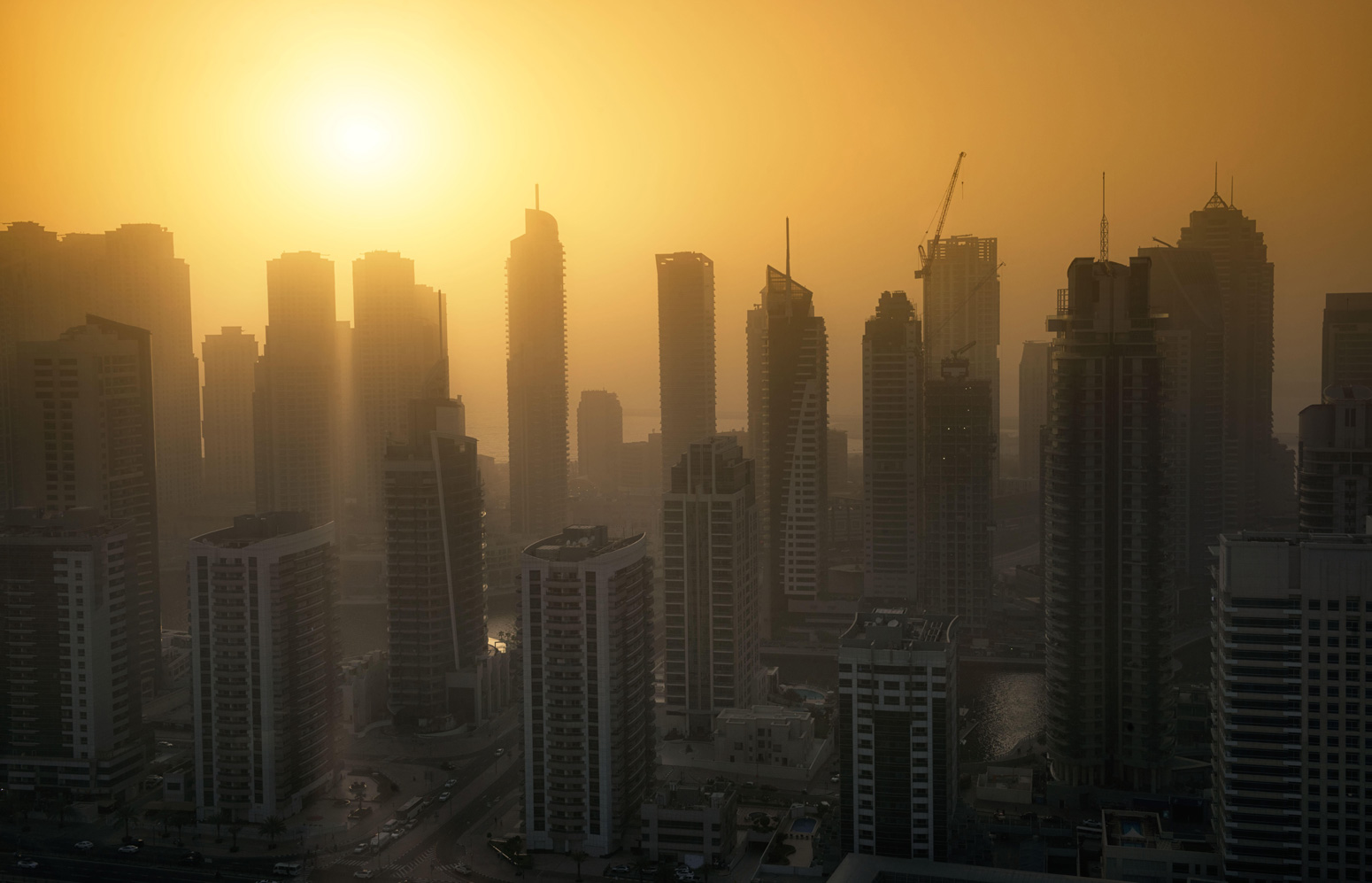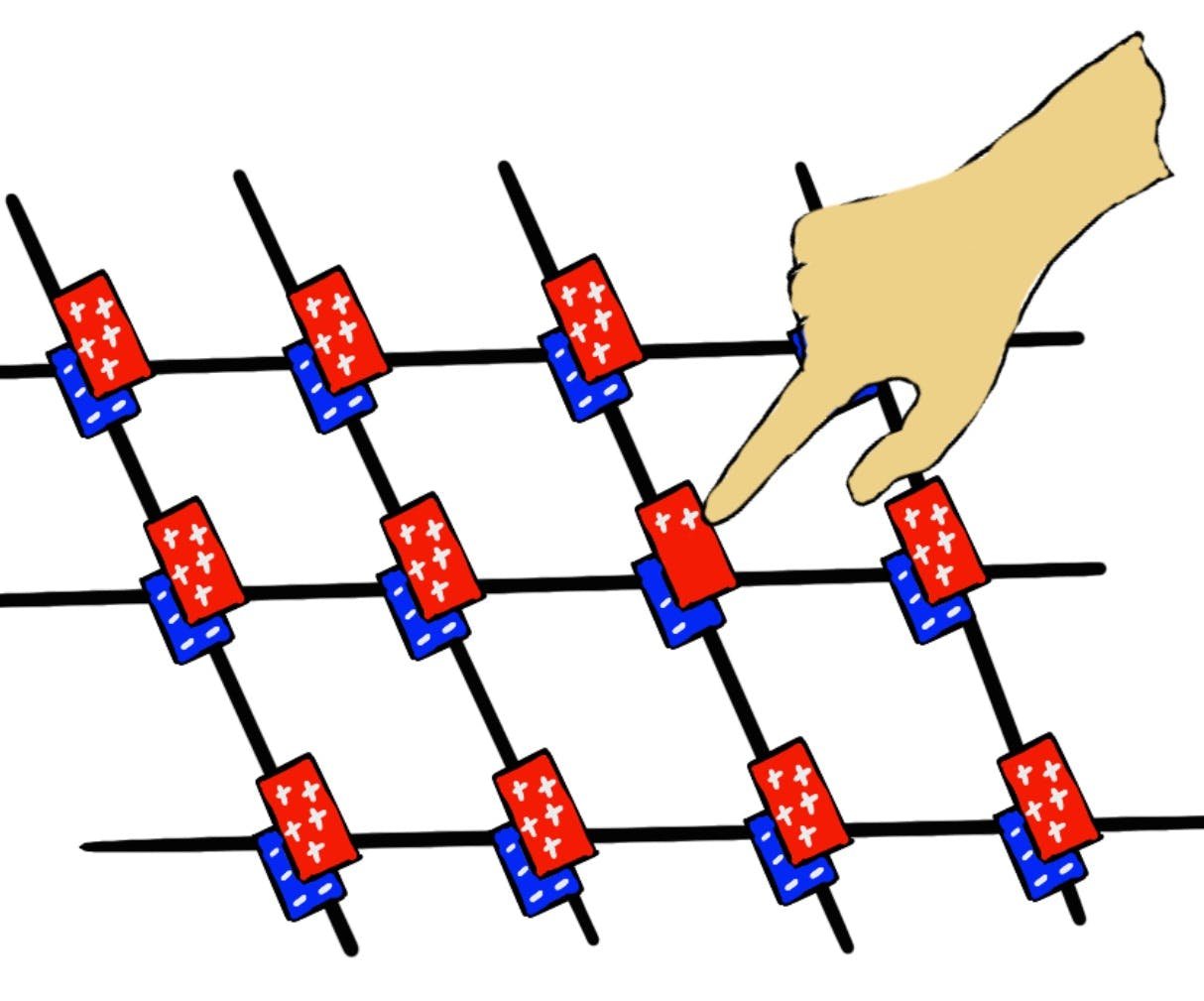Diffusion Models for Video Generation
Diffusion models have demonstrated strong results on image synthesis in past years. Now the research community has started working on a harder task—using it for video generation. The task itself is a superset of the image case, since an image is a video of 1 frame, and it is much more challenging because:
🥑 Required Pre-read: Please make sure you have read the previous blog on “What are Diffusion Models?” for image generation before continue here.
First let’s review approaches for designing and training diffusion video models from scratch, meaning that we do not rely on pre-trained image generators.
Here we use a slightly different variable definition from the previous post, but the math stays the same. Let $\mathbf{x} \sim q_\text{real}$ be a data point sampled from the real data distribution. Now we are adding Gaussian noise in small amount in time, creating a sequence of noisy variations of $\mathbf{x}$, denoted as $\{\mathbf{z}_t \mid t =1 \dots, T\}$, with increasing amount of noise as $t$ increases and the last $q(\mathbf{z}_T) \sim \mathcal{N}(\mathbf{0}, \mathbf{I})$. The noise-adding forward process is a Gaussian process. Let $\alpha_t, \sigma_t$ define a differentiable noise schedule of the Gaussian process:
Let the log signal-to-noise-ratio be $\lambda_t = \log[\alpha^2_t / \sigma^2_t]$, we can represent the DDIM (Song et al. 2020) update as:
Leave a Comment
Related Posts
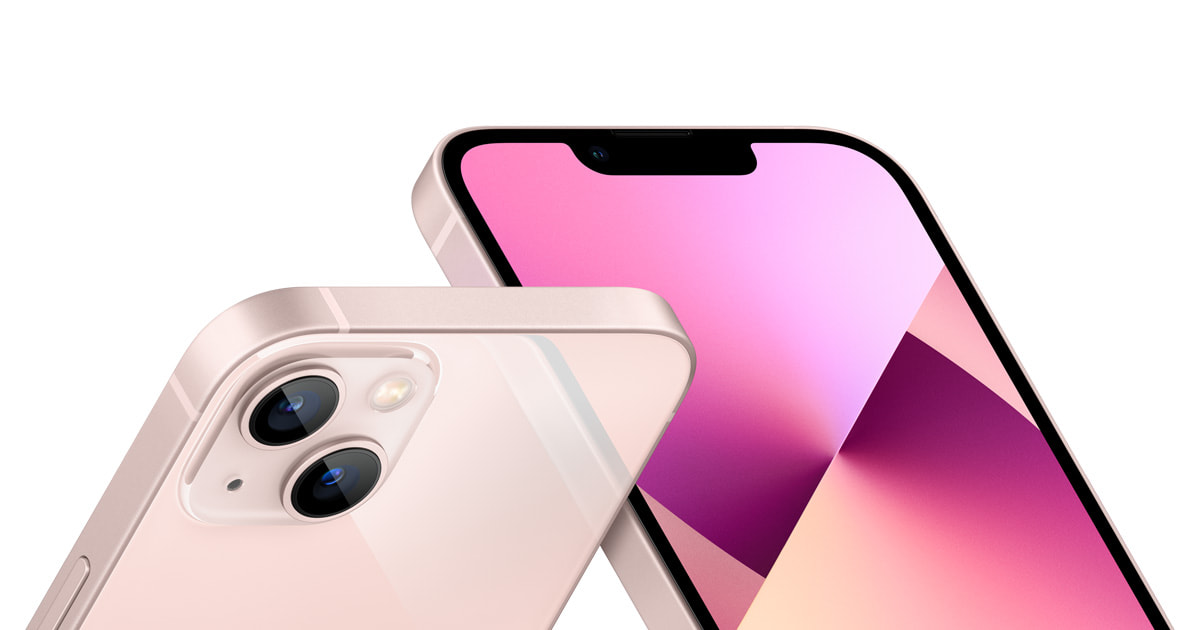
Apple introduces iPhone 13 and iPhone 13 mini, delivering breakthrough camera innovations and a powerhouse chip with an impressive leap in battery life
Comment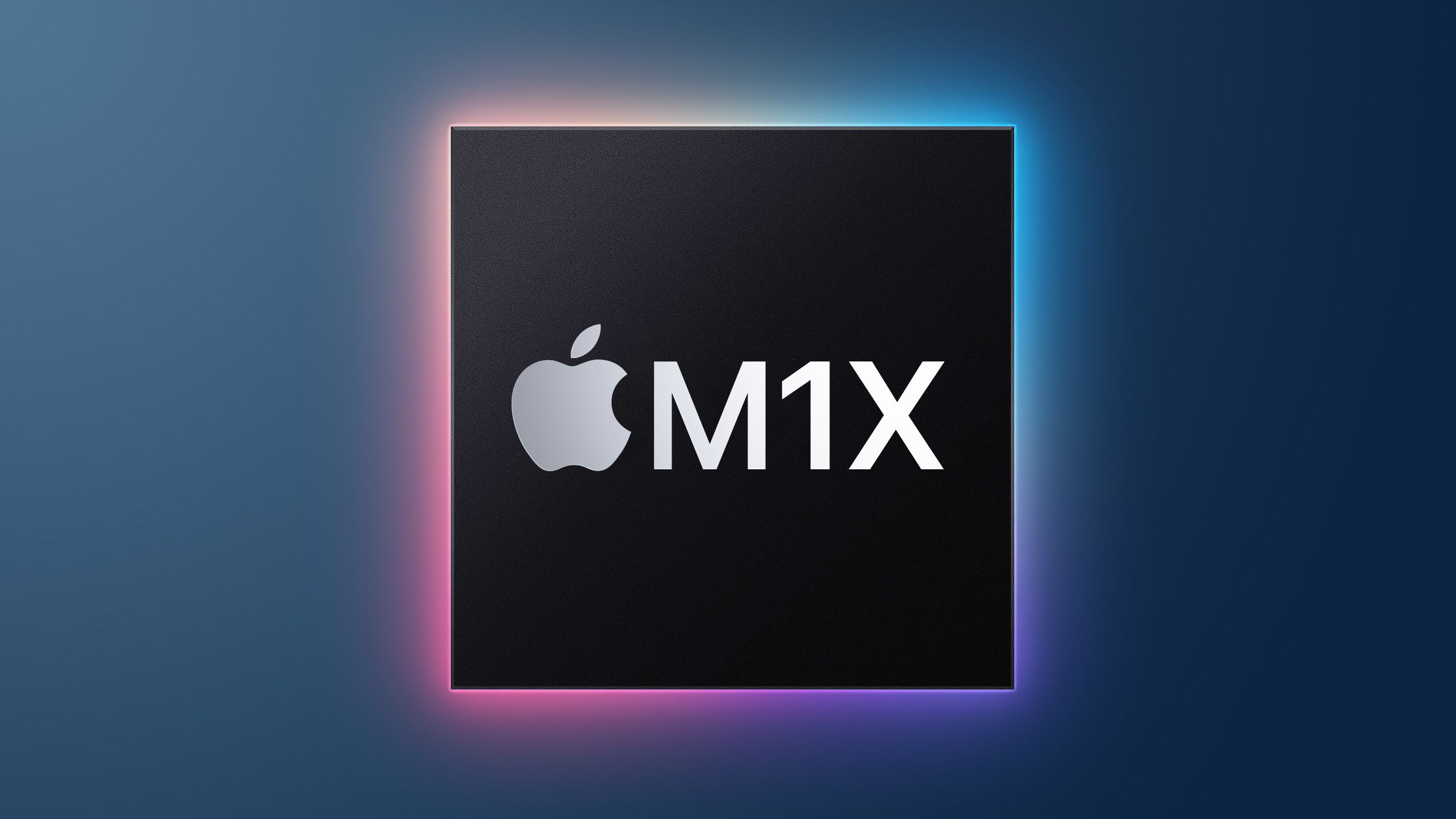
Shaky Rumor Claims Redesigned MacBook Pros Will Feature 'M1X' Chip and Remove the Front Logo
Comment
Killer Of F-35 Jets: US Dominance Of 5th-Gen Fighter Aircraft To End With Supersonic Stealthy ‘Flying Machines’?
Comment